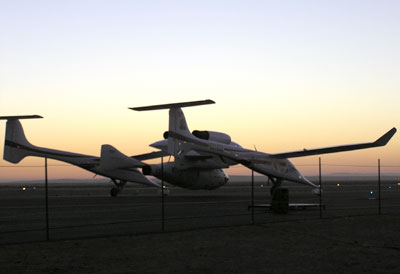General (Rocket) Motorsby Sam Dinkin
|
| There might be a healthy market offering riders to cover rocket flights. If it is anything like airline trip insurance, it will be very profitable once rocket flight providers work the kinks out of their fulfillment. |
Hotels and fuel for rockets might be well served by the existing infrastructure, but there needs to be new insurance work and new financing work. A firm with a rocket fleet might sell a lot more rides if it had its own financing arm. Right now, there are few people who can borrow $200,000 for a signature. There is no Sallie Mae or Fannie Mae for rocket flight loans. Vendor financing might work at the start, but there is an opening for a specialist in rocket loans. With a little lobbying work, a firm might be able to make it harder to discharge a rocket trip loan in a bankruptcy if it can be pitched as a once in a lifetime experience like getting an education. Vendors with surplus capacity can subsidize the loans the same way GMAC can offer 0% loans for cars.
Insurance is another opening. With some investment in contract language research, jurisdictions, a little lobbying, and some test marketing, there might be a healthy market offering riders to cover rocket flights. If it is anything like airline trip insurance, it will be very profitable once rocket flight providers work the kinks out of their fulfillment.
Sales should be big. Car dealers account for about $1,000 per car. My opinion (and I put my money where my mouth is here) is that in-house sales might not be the best choice. Six percent might not be a good commission for a house any more now that the house market is well understood, but a 6% commission for a $200,000 rocket flight experience probably makes good business sense, if not a 10% commission or higher. Time will tell which model becomes most prevalent. As utilization falls in the event supply starts to exceed demand at market prices, we should expect to see big sales incentives and more decentralization of the sales role.
There is going to be quite a business ecosystem developing around space tourism if it is going to become a multibillion- or trillion-dollar industry in 100 years. The field is pretty clear in all these arenas for someone to be first. That entails risk if the market does not materialize quickly, but also reward. Gentlemen, start your engines!
